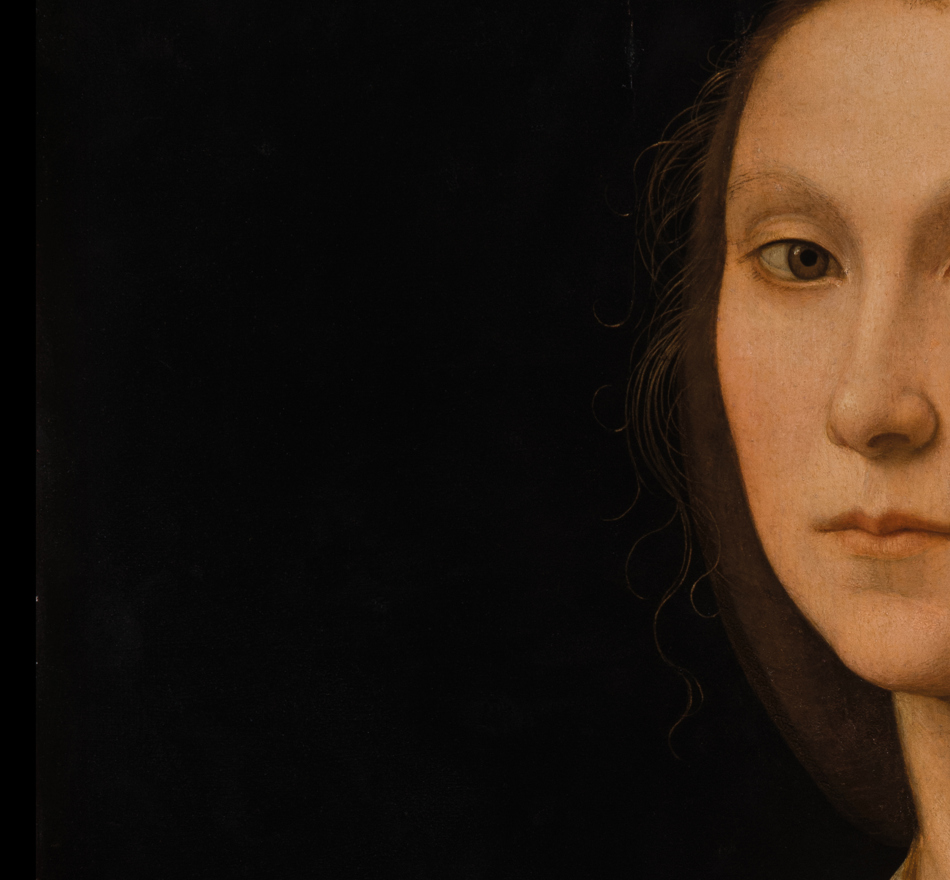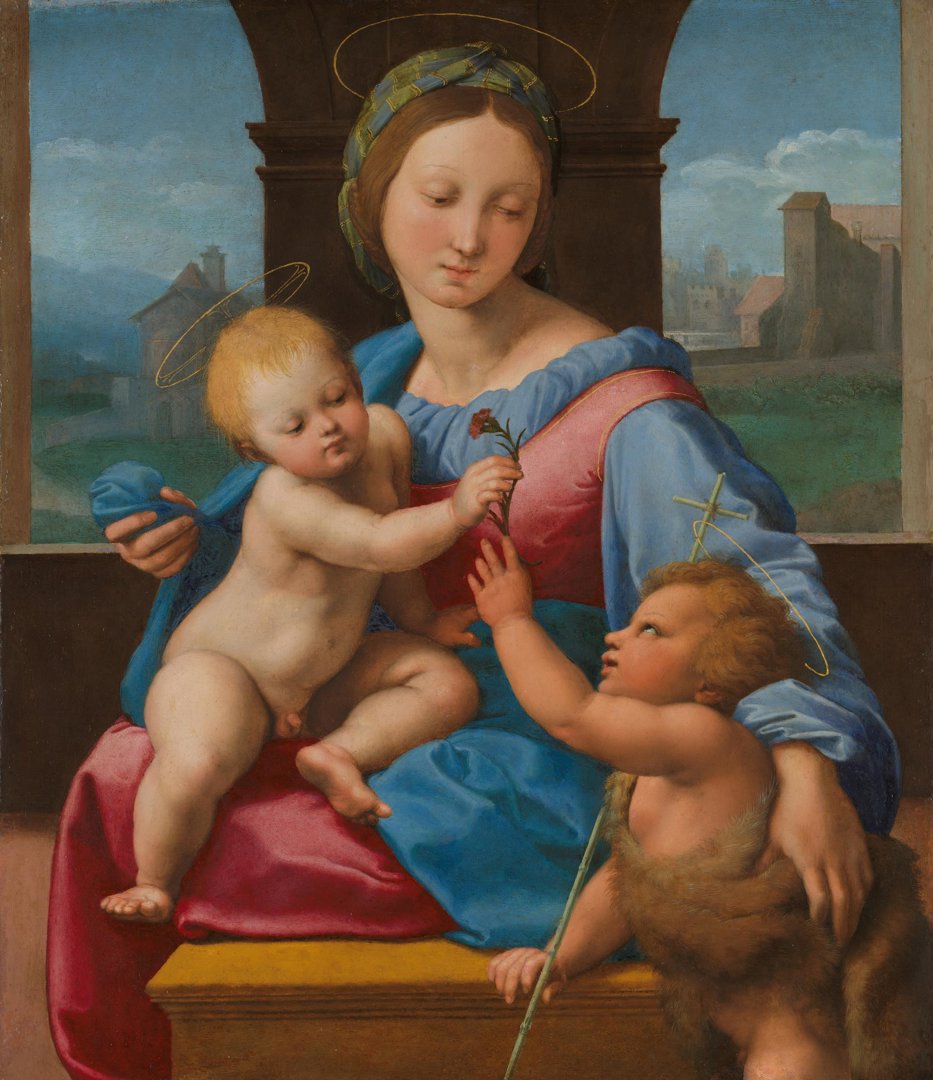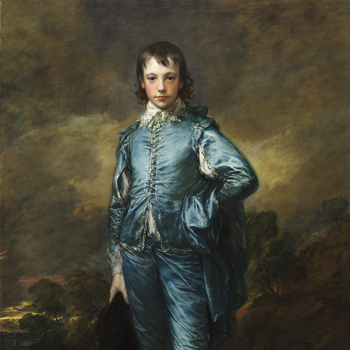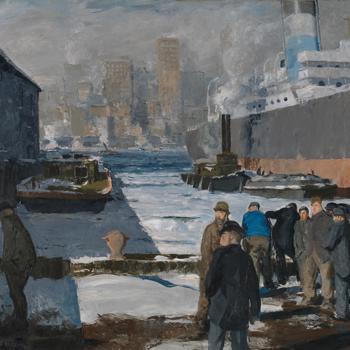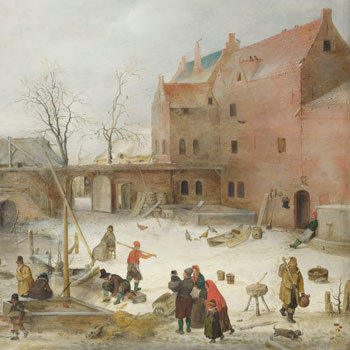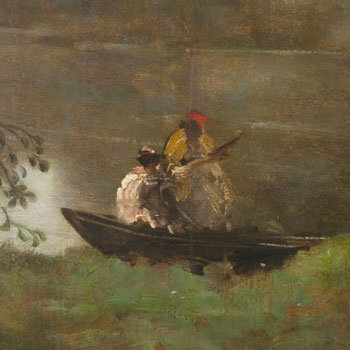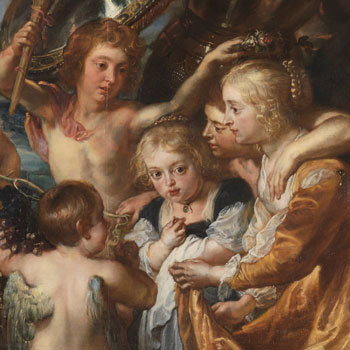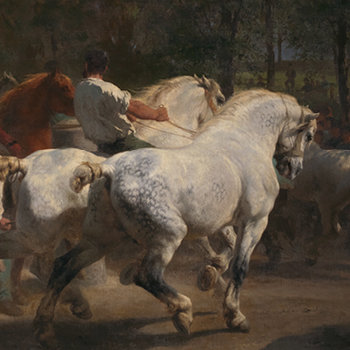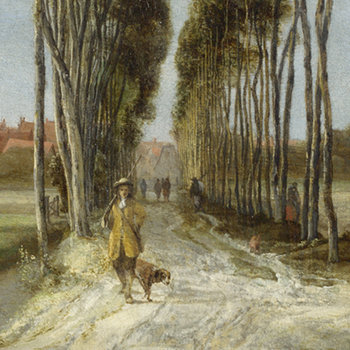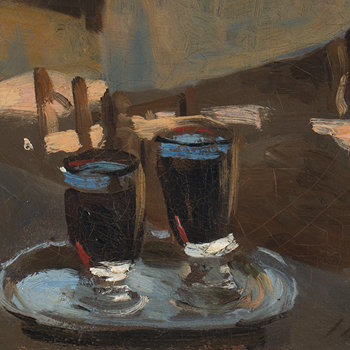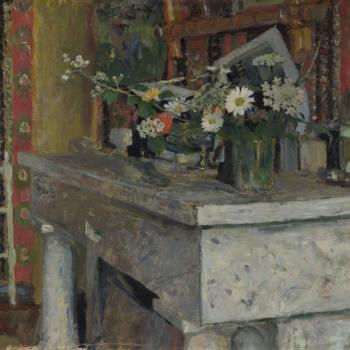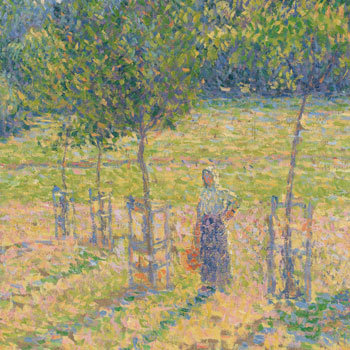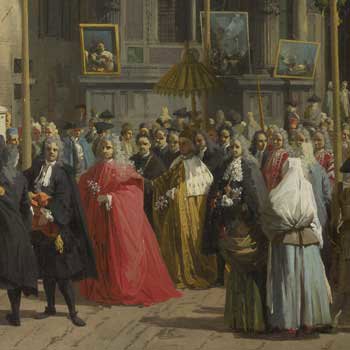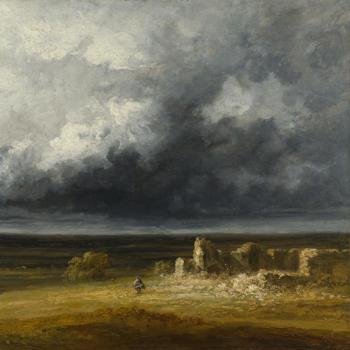This is a YouTube video player. Below the video are the title, view time and description. Below that is a carousel of video thumbnails. Clicking a thumbnail will load and play that video.
Raphael’s exquisite painting of the Madonna with baby Jesus and the infant St John, who hands a flower to his little cousin, pulls at my heart.
Its intimate portrayal of the Holy Family in a domestic setting is a scene to which many of us can relate (my grandchildren are the age of these babies). Raphael’s tactile rendition of the encircling embrace of the mother, the soft dimpled skin of the naked child, the sturdy toddler’s arm reaching out to him, draws us in so that we too feel touched, embraced.
According to Christian doctrine and legend, Mary, the Mother of God, mediates between the human and the divine. Raphael’s Madonna likewise, in both its material form and its evocative symbolism, mediates the Christian story. The figures on the canvas, so tangibly rendered in paint, wear faint haloes. Mary and John also wear the garments with which they are traditionally associated: the Virgin, her distinctive blue and red robes, the Baptist, soft animal fur. The composition, with its upward pyramidal movement, suggests the grounding of the spiritual in the physical world. On a horizontal plane, the view opening onto the serene Roman landscape frames the domestic scene and encourages a sense of its wider significance.
The interacting figures and exchange of gazes about which the painting turns, the balancing and rhyming of colours, the light, muted palette, together reinforce a sense of peace and harmony. The understated iconography of the carnation, symbolic of divine love, and the cross, signifying Christ’s Passion, the Crucifixion for which he was born, foreshadows the sacrifice to come. Mary’s loving melancholy gaze anticipates her future sorrow. This painting of the joy of motherhood also speaks of maternal bereavement and grief.
The poetics of the image allow the viewer to hold different ideas, secular and religious, in tension. The subject has a deep and ideologically complex hinterland; but abstruse theological arguments melt away when I stand before the painting. Although the figure of the Madonna divides feminists, this is an image that accommodates and reconciles different views of her. Here she is at once the embodiment of a conservative feminine ideal and a powerful protector of the vulnerable.
Images of the Madonna and Child seem well adapted to speak to the imagination of the poor and the unlettered. Yet Raphael’s 'Madonnas' had been painted for the private contemplation of wealthy owners and elite networks. For centuries they remained in aristocratic collections to which ordinary mothers and their babies had no entry. 'The Garvagh Madonna' or 'Aldobrandini Madonna', as this painting is sometimes called after its former aristocratic owners, only became accessible to the general public, including poor unholy families, after it was acquired by the National Gallery in 1865. It finally entered British public life as first wave feminism was gathering pace, and women such as the art historian Anna Jameson and novelist George Eliot were finding in Raphael’s 'Madonnas' humanist icons of female heroism.
Digital activity at the National Gallery is supported by Bloomberg Philanthropies Digital Accelerator

